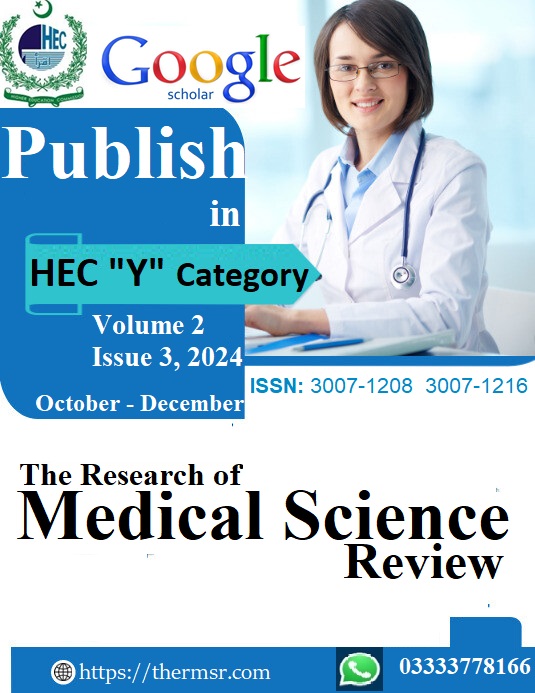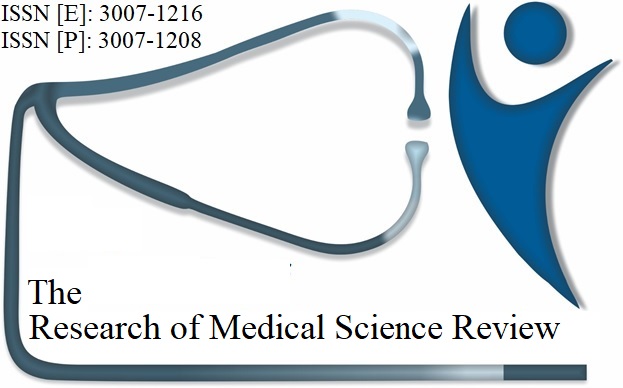IMPACT OF AIR BORNE PARTICULATE MATTER ON PLANTS, CLIMATE, ECOSYSTEMS, AND HUMAN HEALTH: A COMPREHENSIVE REVIEW
Keywords:
Particulate Matter, Deposition Processes, Greenhouse Effect and Global Warming, Environmental BiotechnologyAbstract
Particulate matter (PM) is an intricate blend of airborne solid and liquid particles. A combination of inorganic and organic substances, such as carbon, metals, sulfates, nitrates, acids, and semi-volatile compounds, make up these particles in most cases. Natural sources, such as soils, sea salt, and volcanic eruptions, emit particulate matter. PM in the air has diameters ranging from 0.005 to 100 micrometers (µm), which is equivalent to the thickness of a human hair and only a few atoms in size. For these particles, researchers have established various size categories. The three broad categories that the U.S. Environmental Protection Agency (U.S. EPA) frequently uses to characterize PM are coarse (10 to 2.5 µm), fine (2.5 µm or smaller), and ultrafine (0.1 µm or smaller). Studies indicate that the size of the particles has a significant impact on how they settle. Due to the discovery that particulate matter exposure has caused health repercussions in thousands of premature death rate, particulate matter has garnered public attention in the last several years. Because it contributes to cloud formation, particulate matter not only has an impact on health but also has an impact on global warming and the greenhouse effect. This review article explores the detrimental effects of PM on plants, climate, ecosystems, and human health. By understanding the multifaceted impacts of PM, we can develop effective measures to mitigate its detrimental effects and protect human health and the environment.
Downloads
Downloads
Published
Issue
Section
License
Copyright (c) 2025 Sumaira Nawaz, Bakhtawar Riaz, Faiza Naseer (Author)

This work is licensed under a Creative Commons Attribution-NonCommercial-NoDerivatives 4.0 International License.















